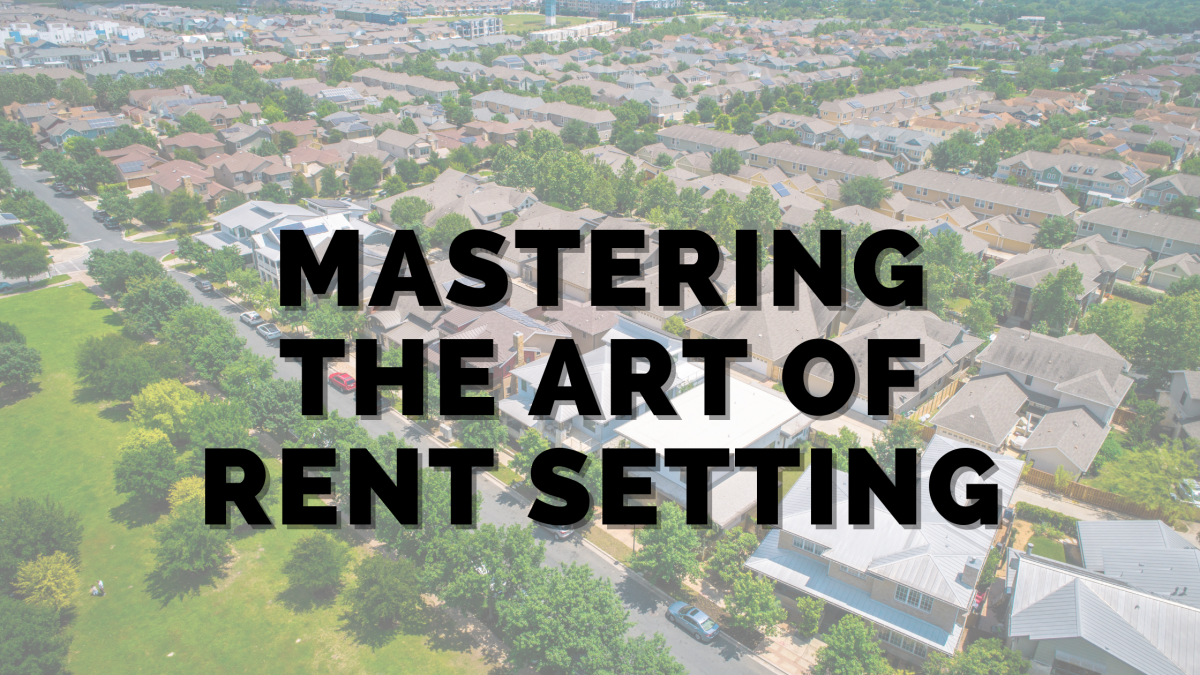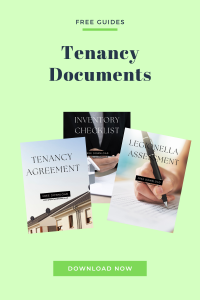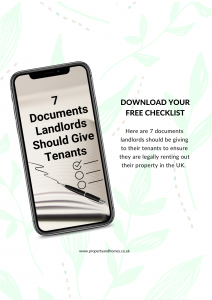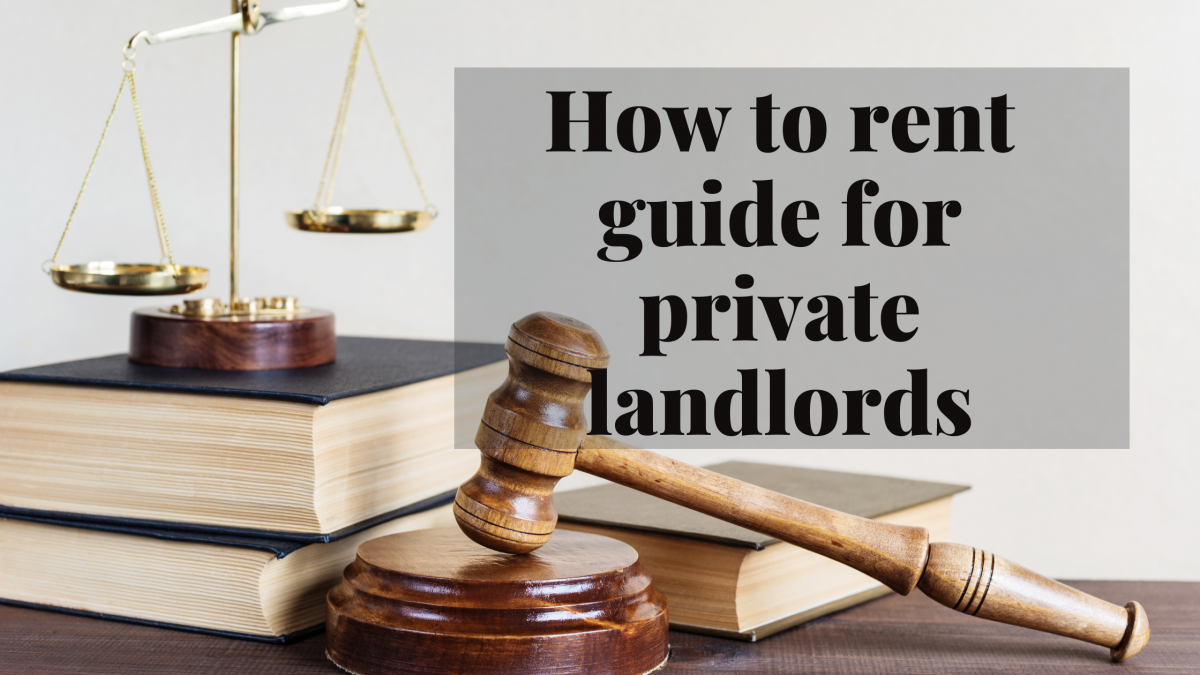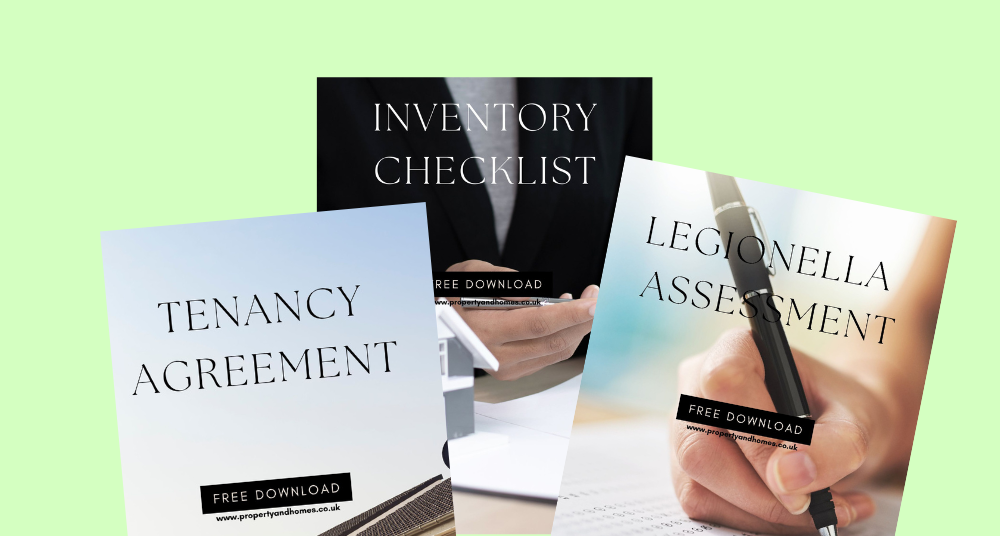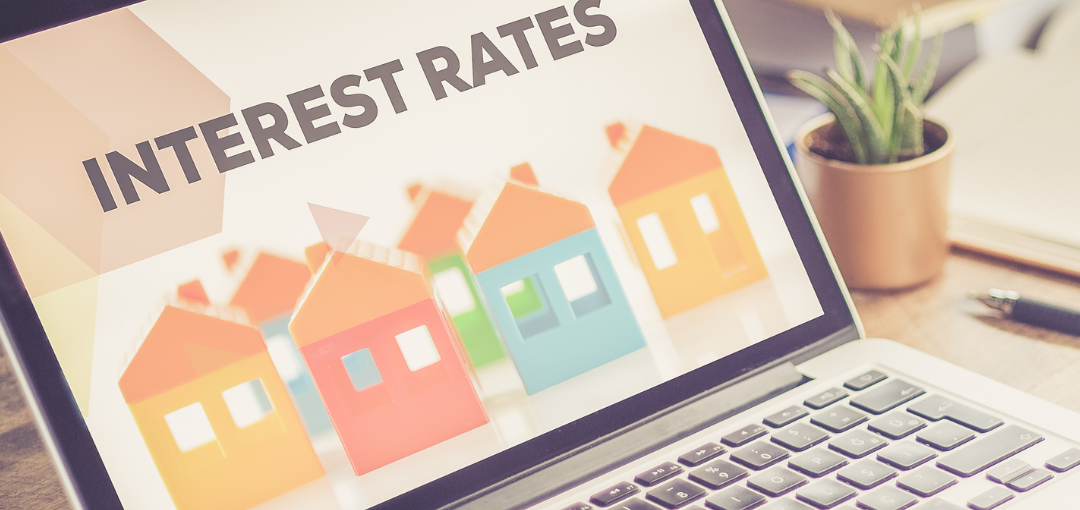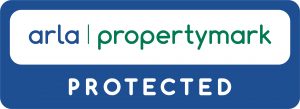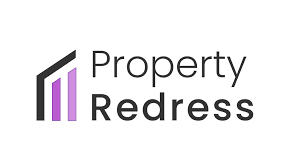Mastering the Art of Rent Setting: A Landlord's Guide to Optimizing Rental Income in the UK
Setting the right rent for your property in the UK is a crucial decision that can significantly impact your rental income and the overall success of your property management venture. Whether you’re a seasoned landlord or just starting out, understanding the factors that influence rental prices in the UK market is essential for making informed decisions. In this comprehensive guide, we’ll walk you through the key steps to help you determine the optimal rent for your property.
1. Know Your Market
Before you can set the right rent for your property, you need to have a solid grasp of the local rental market. Start by researching comparable properties in your area. Look at listings on popular property websites, speak to local real estate agents, and attend open houses. This will give you insights into what similar properties are renting for in your vicinity.
Example: Let’s say you own a two-bedroom apartment in a suburb of London. By researching similar properties in your area, you find that other two-bedroom apartments within a 10-minute walk of public transportation and local schools are renting for around £1,500 per month. This gives you a benchmark for your property’s potential rental price.
2. Evaluate Your Property’s Features and Condition
Your property’s rent should reflect its unique features and overall condition. Take a critical look at your property and make a list of its attributes. Consider factors such as size, number of bedrooms and bathrooms, outdoor space, parking facilities, and any special amenities like a pool or gym. Be honest about your property’s condition and any necessary repairs or upgrades.
Example: If your property has a newly renovated kitchen and a private garden, you can justify setting a slightly higher rent compared to similar properties in your neighborhood with older kitchens and no outdoor space. Highlighting these features in your rental listing can attract tenants willing to pay a premium.

3. Calculate Operating Expenses
To ensure your rental income covers your costs and generates a profit, you must calculate your operating expenses. These may include mortgage payments, property taxes, insurance, maintenance and repair costs, property management fees (if applicable), and any utilities or services you provide as part of the rent. Subtract these expenses from your expected rental income to determine your net profit.
Example: Suppose your total monthly expenses, including mortgage, taxes, insurance, maintenance, and utilities, amount to £1,200. To achieve a desired monthly profit of £300, you would need to set the rent at £1,500 (£1,500 – £1,200 = £300).
4. Consider Location
Location plays a significant role in rental pricing. Properties located in desirable neighbourhoods with good schools, access to public transportation, and proximity to amenities like shopping centers and parks tend to command higher rents. Take into account the convenience and attractiveness of your property’s location when setting your rent.
Example: A property located in a bustling city center with easy access to restaurants, shops, and public transportation can command a higher rent than a similar property in a less central location, even if the interior features are similar.
5. Factor in Market Trends
The UK rental market is subject to fluctuations, and rental prices can change over time. Stay informed about current market trends by reading industry news, consulting property experts, and monitoring rental price indices for your region. Understanding market trends will help you adjust your rent accordingly.
Example: You’ve noticed that rental prices in your area have been steadily increasing over the past year due to high demand. To stay competitive and maximize your income, you decide to raise your property’s rent by 5% when the lease comes up for renewal.

6. Be Competitive
While you want to maximize your rental income, it’s essential to remain competitive in the market. If your rent is significantly higher than similar properties in your area, you may struggle to find tenants. Conversely, setting your rent too low could leave money on the table. Aim for a balance that reflects the property’s value while remaining competitive.
Example: If most two-bedroom flats in your area rent for around £1,500 per month, setting your rent at £1,700 may discourage potential tenants. To remain competitive, you decide to set the rent at £1,550, offering good value without leaving money on the table.
7. Conduct Regular Rent Reviews
The rental market is dynamic, and what was the right rent a year ago may not be the same today. Consider conducting regular rent reviews to ensure your property’s rent remains competitive and reflective of market conditions. Many landlords choose to review rent annually or upon lease renewal.
Example: You’ve been renting out your property for three years at the same monthly rate. During a rent review, you realize that similar properties in your area are now renting for £100 more than your current rate. You decide to increase the rent for the next lease term to align with market rates.
8. Understand Local Regulations
Be aware of any local regulations or rent control laws that may affect your ability to set or increase rent. In some UK cities, there are restrictions on how much you can raise the rent, and failure to comply with these laws can result in legal consequences. Consult with a legal professional or property management expert if you have concerns about rent control regulations in your area.
Example: Your property is located in a city with strict rent control laws that limit rent increases to 3% annually. It’s essential to follow these regulations to avoid legal issues and ensure compliance with local laws.
9. Use Online Tools and Resources
There are several online tools and resources available to help you determine the right rent for your property. Websites like Zoopla, Rightmove, and OnTheMarket provide data on rental prices in various regions across the UK. Additionally, there are rent estimation tools that can provide valuable insights based on your property’s specifications and location.
Example: You utilize an online rent estimation tool to get an estimate for your property’s rent based on its specifications and location. The tool suggests a monthly rent of £1,450, which helps you make an informed pricing decision.
10. Seek Professional Guidance
If you’re unsure about how to set the right rent for your property or prefer to leave this task to experts, consider hiring a professional property management company. Property managers have extensive knowledge of the local market, can conduct thorough property assessments, and have access to valuable market data to help you make informed pricing decisions.
Example: You decide to hire a professional property management company to handle pricing and tenant management for your property. Their expertise in the local market and access to market data allows them to optimize your rental income and ensure you remain competitive.
In conclusion, setting the right rent for your property in the UK requires a combination of research, assessment, and market awareness. By understanding your local market, evaluating your property’s features, and considering expenses and trends, you can ensure that your rental income aligns with your investment goals. Regularly reviewing your rent and seeking professional guidance when necessary will help you maintain a competitive edge in the dynamic rental market.
Need to fix a repair or breakdown?
Landlord Blog
Demystifying the Section 8 Notice: A Comprehensive Guide for Landlords
When it comes to managing rental properties, landlords occasionally find themselves in situations where tenants are in breach of their tenancy agreements. In such cases, a Section 8 notice can be a valuable tool to regain possession of the property.
Navigating the Rental Revolution: A Deep Dive into the Renters’ Reform Bill
The Renters’ Reform Bill is a hot topic in the UK, aiming to bring a wave of change to the rental market. We’ve rounded up all you need to know about this exciting development and will keep you updated as the details unfold.
A Comprehensive Guide: How Landlords Can Prepare for Bailiff Evictions in the UK
Evictions can be a challenging and distressing process for landlords in the UK, particularly when the tenant is uncooperative or has failed to pay rent. If all other methods to resolve the situation have been exhausted, landlords may need to consider the last resort – applying for a bailiff eviction.
We create this content for general information purposes and it should not be taken as advice. Always take professional advice. Please read our full disclaimer.

